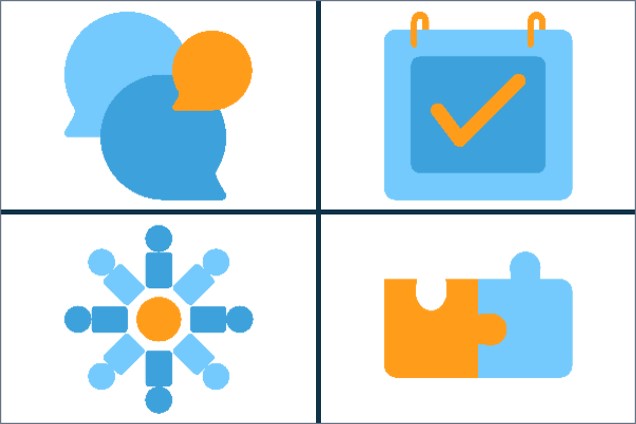How does remote work affect our emotional well-being and mental health? You might get very different answers, depending on whom you ask. Working remotely does wonders for the mood of some employees. Others consider it one more stressor in their life.
To describe its potential impact on mental health, we’ve come up with two scenarios. The stories describe the same day in the life of two remote employees who work for the same company. The first is thriving, but her colleague experiences firsthand why remote work is bad for her mental health.
[Read more…] about Mental Health and Remote Work: Yay or Nay?











